Who Is Alexei Navalny? Vladimir Putin’s Biggest Threat Is Winning One The European Parliament’s Top Prizes
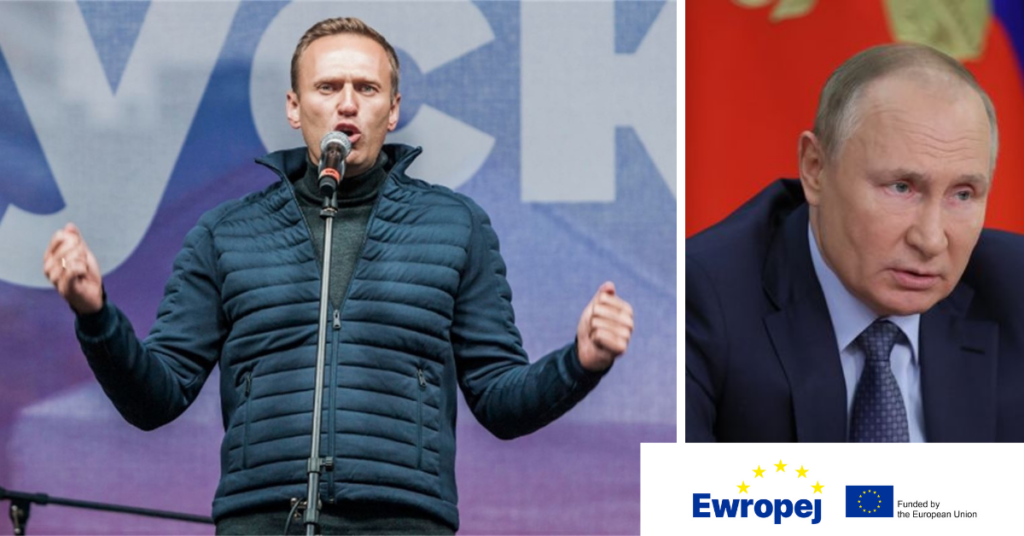
Alexei Navalny has become a symbol of the fight against corruption and his fame has put him in one of the most dangerous spots as Russian President Vladimir Putin’s biggest threat and fiercest critic.
He’s been poisoned, imprisoned and awarded by the EU for his investigative work that exposed extreme corruption in Putin’s regime, however, there’s a lot more background to the story.
So consider this article a brief explainer of who Navalny is, what he exposed and why he won the Sakharov prize: Europe’s top human rights prize.
1. Who Is Alexei Navalny?
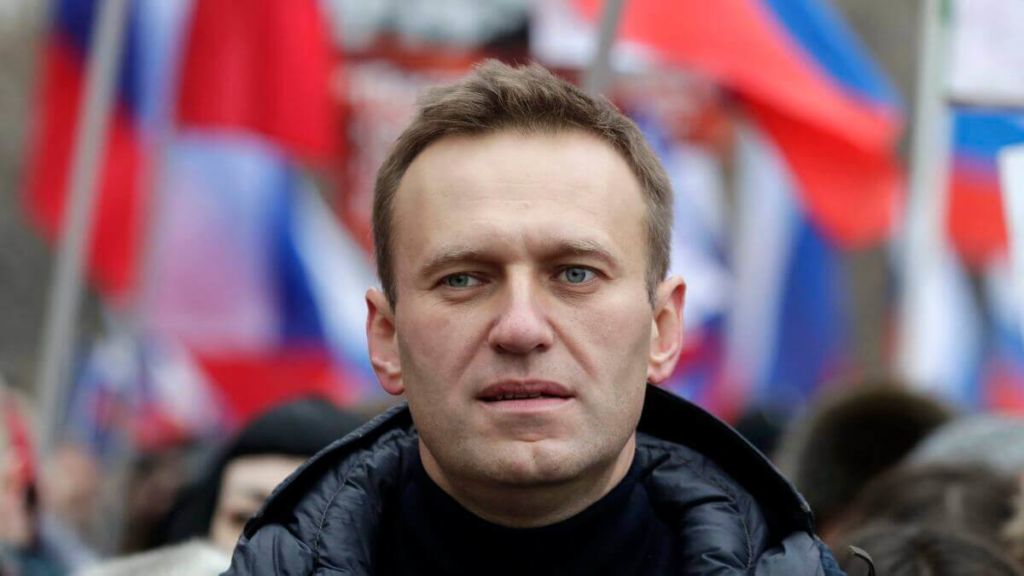
Navalny is the face of Russia’s opposition movement and the Kremlin’s strongest critic.
He’s 44-years-old and has exposed corruption in Putin’s Russia, making him a leading figure in mass protests and a target of the Kremlin.
He has made videos with millions of views campaigning to win over the “insatiable toad, United Russia”, he has been convicted twice on criminal charges, he’s been poisoned and he sought to challenge Putin in the 2018 election – a running cut short because of one of his convictions.
These convictions were for embezzlement and fraud and he received suspended sentences of five and three and a half years.
However, both him and the European Court of Human Rights disputed the charges and denounced them as politically motivated.
Nonetheless, his online reach, strong campaigns and presidential running drew crowds upon crowds of supporters willing to fight the battles with him along with several people threatened by his message and eager to get rid of him.
In fact, his protests led to several stints in jail and in 2017, an attacker threw a green antiseptic liquid in his face, damaging his eyesight.
2. Why, when and how did he get poisoned?
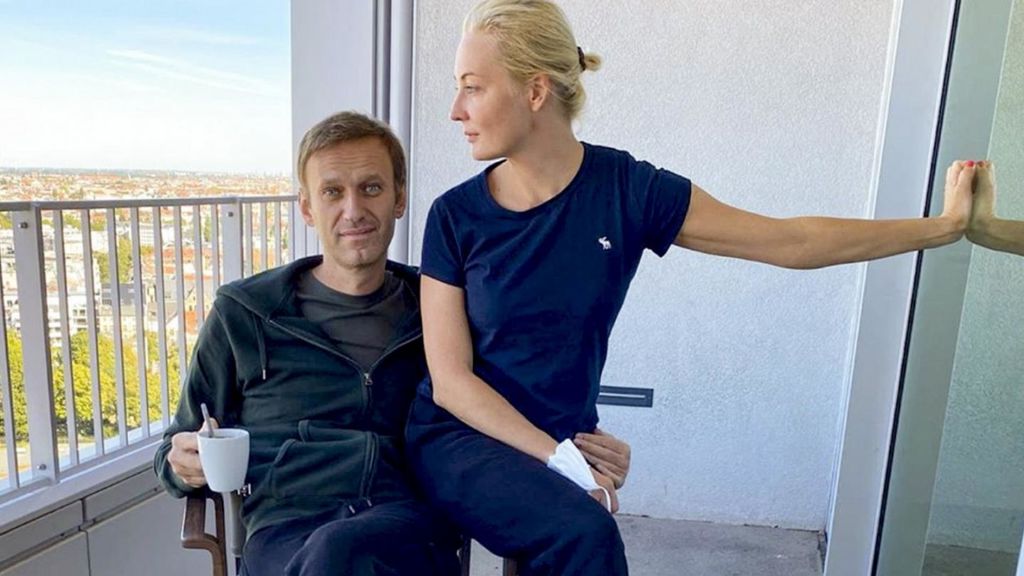
In August last year, Navalny posted one of his many videos campaigning to end Putin’s regime – this time however, the video was shot in Siberia.
Soon after, Navalny boarded a plane to Moscow before he inexplicably collapsed and the plane conducted an emergency landing in Omsk that saved his life.
An investigation later revealed that he was poisoned by a highly toxic nerve agent that was developed by the Soviet Union in the ‘70s called Novichok. This same toxin was used back in 2018, likely by Russia, to attack Sergei Skripal who was a former spy.
The Russian activist barely survived the attack that put him in a coma for over two weeks in Berlin and after he recovered, he released a recording of a phone call with a man who was allegedly a member of Russia’s Federal Security Service (FSB) who revealed that the toxic weapon had been smeared on Navalny’s underwear.
And due to it being 2021, this obviously became a meme.
Anyway, he further pledged to return to Russia despite authorities threatening him with arrest and as he arrived back home, Navalny was immediately detained.
He was likely attacked and imprisoned because of the mountains of evidence that exposed Russian corruption, directly perpetrated by the President.
3. What did Navalny expose?
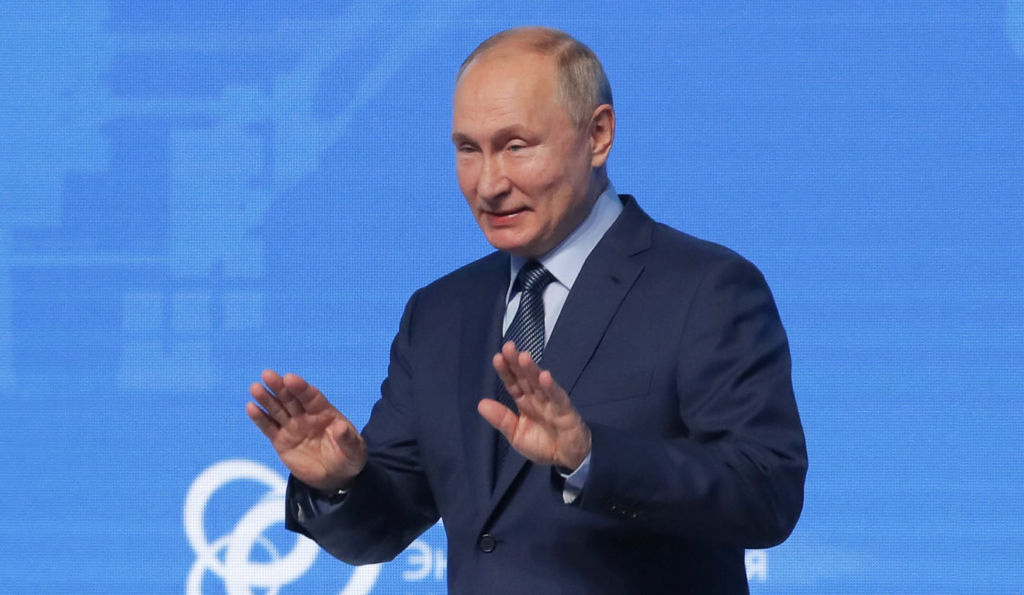
Navalny exposed extreme corruption in the country that glued together Putin’s overwhelming control through manipulation, false charges and mysterious disappearances.
However, let’s backtrack to how this all started.
Putin became the President of Russia in 1999, eight years after the USSR collapsed.
Previously, he had been the head of the (FSB) and a spy in the KGB which author and journalist Masha Gessen said he tried to model Russia into with a “centralised, insular and secretive” system.
Remaining on theme, Putin soon began surrounding himself with the most powerful elements in Russia to maximise his control – and he started with the media.
Police began being sent into independent media companies to charge the owners and bring newsrooms under state control.
“After federal television it went onto regional television and then onto print newspapers, and the regime soon became a flesh-eating machine. Whatever it could see that was still alive and working independently it would gobble up,” Gessen said.
After assuming control of the media, he went after the electoral system by using his regime to manipulate who could run for office.
Ballots soon began including Putin’s party and a few fake candidates sanctioned by the regime which was a plan designed to splinter the opposition vote making it virtually impossible to run against Putin.
After politicians, the oligarchy was his next target so that he could weed out the powerful critics.
In the early 2000s, most of Russia’s wealth was concentrated in the hands of very few powerful men and Putin protected those that were loyal to him while those that weren’t were either arrested on fabricated charges, most commonly embezzlement, or mysteriously disappeared.
These arrests made it known that the law was on his side and with these four elements – the media, politicians, oligarchy and the law – glued together by corruption, the regime became virtually untouchable.
There were still reports that revealed the corruption in Russia like one stating that it lost over $400 billion to corruption between 2000 to 2008 but Putin’s control over the media kept these documents hidden from the public view.
This was only until the young lawyer Navalny stepped into the picture.
In 2006, he started a blog centred around corruption and in 2010 he proved that $4 billion were stolen out of the state-owned transportation company Transneft.
Navalny had bought stock in the company and gained access to internal documents that clearly showed that government money was being funnelled into offshore accounts owned by Transneft officials.
Still, his revelations didn’t end here.
Soon after, Navalny published investigations on corrupt oil schemes, land deals and fraud at state owned banks by Russian oligarchs and politicians.
And since he posted straight to his blog, he was able to dodge the Kremlin’s media control – something that hadn’t yet happened in Putin’s Russia.
4. Protests, campaigns and imprisonments
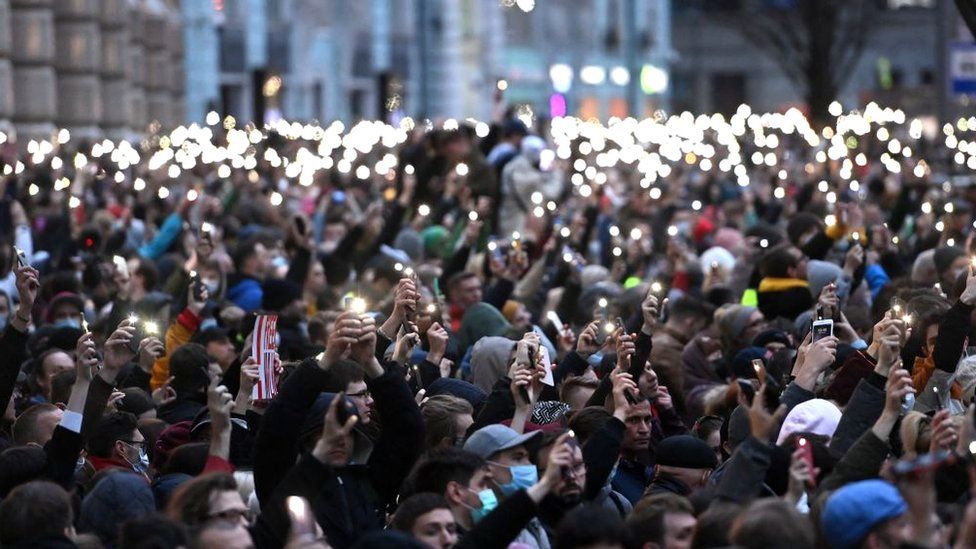
Through Navalny’s investigations he organised some of the largest demonstrations in Russia and just two years later he ran for Mayor of Moscow.
And despite controversy that saw Navalny participating in Russian nationalist marches in the past, using ethnic slurs and likening immigrants to cockroaches, people were still drawn to the overall message of his campaign.
However, since state TV didn’t give his campaign any airtime, he resorted to rallies, online crowdsourcing and an army of volunteers to help spread the word.
But as he began gaining traction, he was arrested, charged with embezzlement and sentenced to five years in prison – leading to even more protests.
Nonetheless, he was eventually released on bail but still lost the election – finding himself situated in second place.
Still, he continued to expose corruption through his youtube videos that reached millions. Like one in 2017 about the extreme wealth of the President’s ally that, yet again, sparked protests.
At the same time, Navalny decided to run against Putin in the 2018 Presidential elections and the regime responded to this by falling back on previous charges that led to his disqualification.
5. Smart voting
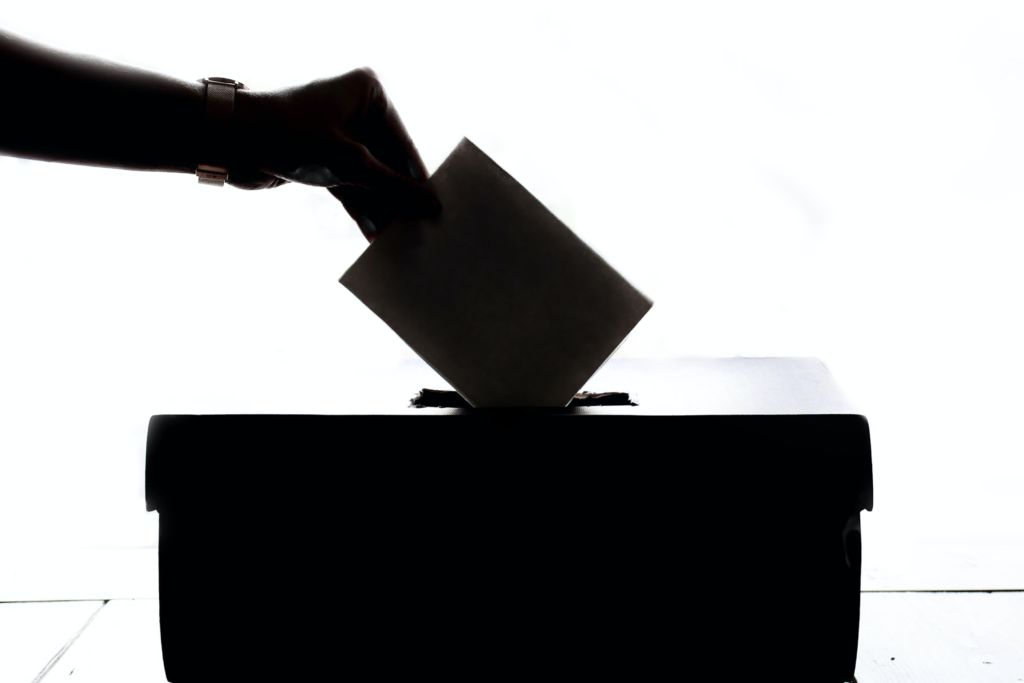
After being attacked, poisoned, imprisoned and disqualified from the presidential elections – Navalny still found a way to strike back and disturb the corrupt voting structure through ‘Smart Voting’.
Basically, instead of letting the opposition votes divide between the several fake candidates, Navalny identified one party that he urged people to vote for.
And this could’ve worked because if enough people voted for the candidates a significant resistance would’ve been formed – this “terrified” the Kremlin.
Navalny soon became a threat as he was rising in the popularity ranks and Putin was slipping down, due to the decline of the Russian economy.
This is when the Novichok poison attack happened.
After being detained upon his arrival in Russia for not completing his regular in-person check-ins (that resulted from a suspended sentence of 2014) while he was recovering in Germany, his team released another video that directly attacked Putin and ignited protests in over a hundred cities across Russia.
Only a couple of days later, Navalny was sentenced to two years and eight months in prison, sparking more protests that were downplayed by state-media.
Since his imprisonment he has gone on hunger strike for alleged negligence of his medical needs while his movement has lived on in the streets.
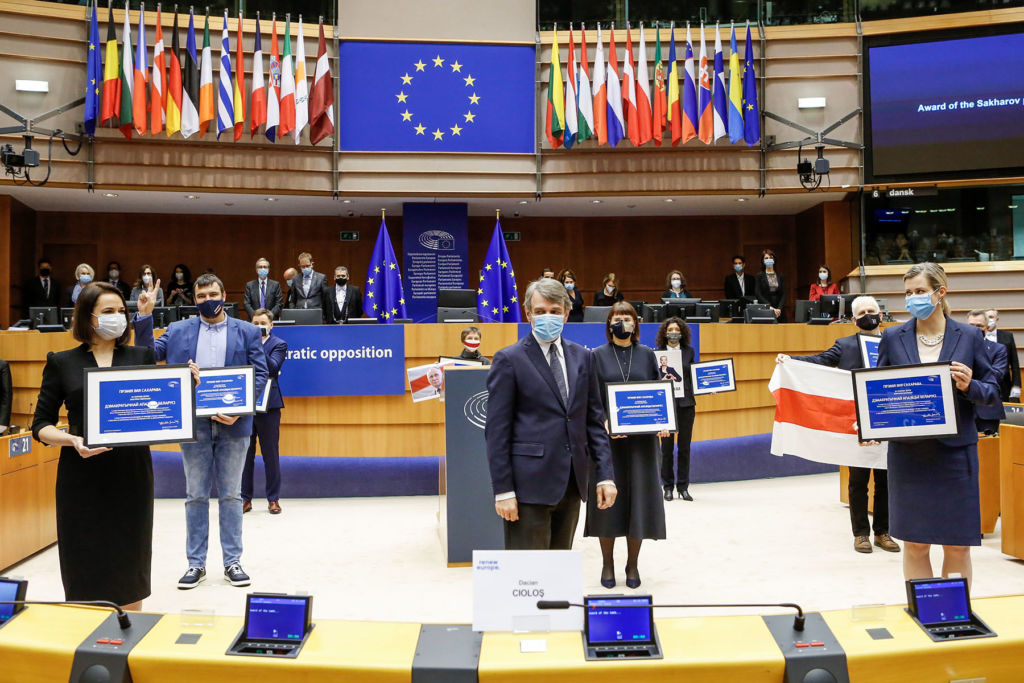
Sakharov prize nominees 2021
If you’ve made it to this point you can probably see that Navalny has worked tirelessly to overthrow the corrupt regime, and he has risked his life and freedom several times while doing so.
This is precisely why he has been granted the prestigious Sakharov Prize for Freedom of Thought which honours individuals and organisations defending human rights and fundamental freedoms across the world.
This prize is awarded each year by the European parliament and takes its name from Soviet physicist and political dissident Andrei Sakharov.
Winners are granted €50,000 and it will be given to Navalny’s daughter as the critic remains in prison.
You can read more about all the finalists, which included Jeanine Áñez and Afghan women, on the European Parliament’s website.
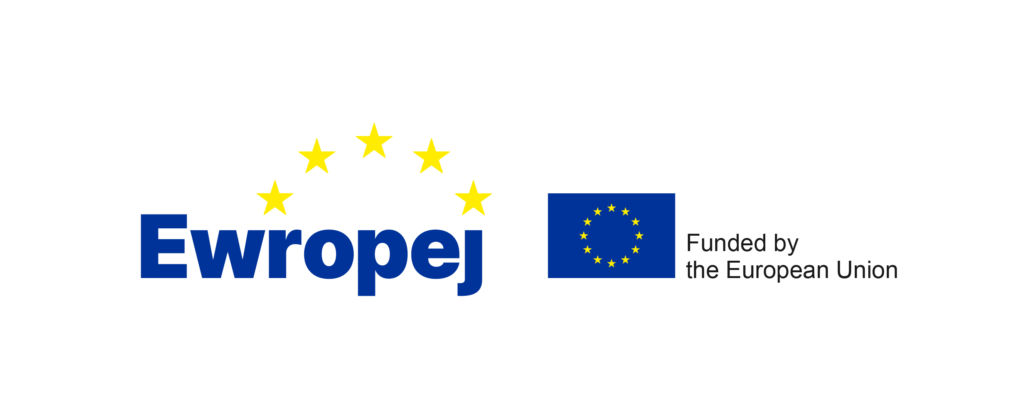
This article is part of a content series called Ewropej. This is a multi-newsroom initiative part-funded by the European Parliament to bring the work of the EP closer to the citizens of Malta and keep them informed about matters that affect their daily lives. This article reflects only the author’s view. The European Parliament is not responsible for any use that may be made of the information it contains.
What do you think about this year’s winner? Let us know in the comments below
